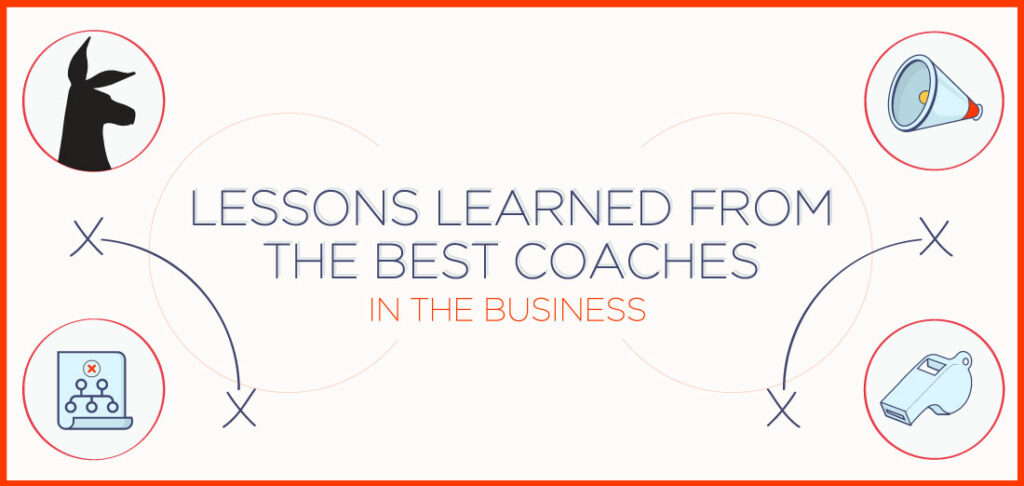When WebPunch isn’t breaking down consumer surveys or defending reputations, we’re in the service industry, talking shop with prominent executives, pioneers, entrepreneurs, and thinkers. We attend conferences and events across the country and participate in calls and meetings to hear what our fellow industry pros are doing to bolster their brands and meet the needs of their customers.
A company’s brand goes well beyond a logo. It is the company’s story. It’s their identity. It gives a personality to a company and becomes a symbol of what it stands for, as well as defining who its customers and employees are. In this information age we live in, there’s a lot of noise for consumers to sift through, making it all the more challenging for your brand to stand out. Building a successful brand takes a lot of time, money, and resources. Just like most things in business, however, well-placed investment, particularly in a brand, means high prices and even greater returns.

Here are some bullet-point branding lessons we’ve learned along our travels:
- Maintaining a good brand reputation enables you to create loyalty among your customer base, which detracts from the competition making it more difficult for them to compete.
- Your company’s team of employees who make everything happen represent your brand and vice versa.
- Your company’s foundational operations and internal processes need to be solid so that your product or service is delivered consistently.
- Don’t be afraid to take risks. Some core competencies should be in place, of course, but moving your company forward requires taking risks, being innovative and becoming a leader in your industry. Taking the right risks can help to position your company ahead of the rest.
Speaking of which, being different sets you apart. We all pride ourselves on being individuals and standing out in a crowd—same goes for brands. It’s the big action that companies take (or don’t take) that set them apart from their competitors. At the same time, action can push a company ahead in the race for individuality while inaction will quickly put them back in last place. Regardless, sticking to middle ground is the worst of your options. If you’re ahead, great. If you’re lagging behind, you know where to go (figuring out how is the real issue!). Land in the middle and, well, mediocrity is a hard sell.
Here are some examples of how companies in the same industry have surged ahead and fallen behind due to their brand:

Starbucks: Starbucks started off with about a dozen locations and a topless mermaid. When Starbucks’ CEO, Howard Schultz took over, he covered up the mermaid and built the brand to focus on people and community, not just coffee. Now, with 42% of the market, Starbucks is on nearly every corner and it’s not uncommon to see two of their coffee shops across the street from each other. Starbucks focused on people and positioned itself as the community coffee house that everybody knows. Starbucks provides a sense of familiarity to its patrons across the world. That same green mermaid that slings people their morning cup of joe at home will do the same for those on the other side of the globe.

Dunkin Donuts: It was known for its delicious dark roasts, cheap donuts, and on-the-go attitude that fits well with the stereotypically rushed lifestyle of New England. Recently it’s started to fall in the middle and is beginning to lose the race. They’ve lost that east-coast edge that differentiated D&D from the others. They stopped taking risks and instead relied on the same-old to be successful, which does not keep you ahead for long.

McDonald’s: Here’s another heavy hitter in the coffee industry. McDonald’s completely passed up focusing on community, people, and the in-store experience. Instead, they went for selling the cheapest cup of coffee possible. Even so, it maintains a quality comparable to one of its more pricey competitors, Starbucks. McDonald’s marks its coffee up a whopping 120%—that’s a pretty good margin to say the least. Despite being known for its burgers, coffee is McDonald’s fastest growing market segment.
Be clear about who you are as a company.
What sets you apart from the competition? What brings you to the front of your industry? Your company’s brand is a symbol of whatever it is that sets you apart from the competition. It’s also a beacon that reminds you of where your company is going and what goals and objectives you’ve set for it. If your objectives are unclear, you’ll end up sitting idle in the middle of the marketplace like Dunkin Donuts. If you don’t differentiate yourself from your competitors, you’ll lose market share and they will surge ahead of you.
Whatever the overarching brand-story is, a company should always have good customer service. Consumers are more likely to come back if the customer service is exceptional, even if the product is only mediocre. Last year, companies lost $62 billion because of poor customer service. Also, according to Bain Capital, providing great customer service increases a business’s wealth by 30%.
So, maybe your business story is all about creating an experience for customers. Maybe it’s about providing the highest quality product at the least expensive price or selling the highest quality at a premium price. Whatever your strategy, make sure it involves quality customer service. Just as importantly, don’t fear the unknown; dive into it. Be creative and innovative in order to propel your company forward and make the market yours.


